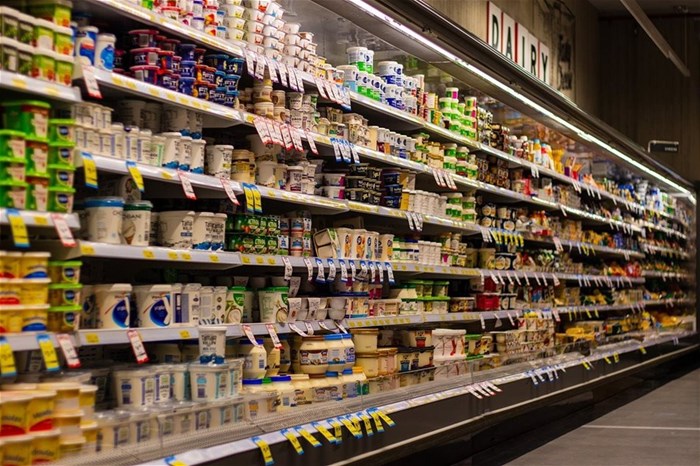
Top stories






More news





Construction & Engineering
US shuts down massive Lesotho development project






Marketing & Media
Chicken Licken bravely debones a rare phobia with their latest campaign
Joe Public 2 days




The EFPM Report, released by the Competition Commission details how, whilst overall inflation has come down, food inflation remains at nearly twice the inflation rate for all goods and services.
The Commission is actively monitoring essential food prices and investigating the factors driving food inflation. This ensures transparency regarding the profit margins set by producers and retailers of these products.
With upstream commodity prices declining in the first half of 2023, the Commission is now focussing on how quickly this translates into lower prices for consumers.
However, this report indicates that these price drops haven’t consistently resulted in reduced producer or retail prices or have been delayed in doing so noting that producers and retailers face other cost pressures.
The Commission notes that competition authorities in Canada, Ireland, and the United Kingdom, recently published reports on the state of grocery retail competition in these countries in light of high food inflation.
These reports assess trends in retail profits over the past three to four years. When comparing their findings to South Africa, we notice that local retailers are much more profitable than their counterparts in these countries.
This could be due to various factors, including differences in the level of competition. Additionally, in some markets like the UK, retailer margins are decreasing as discounters gain prominence, while in South Africa, margins increased between 2019 and 2022 before a recent decline primarily attributed to loadshedding costs.
This edition of the EFPM Report also provides an overview of the work that has been done by other researchers who have found evidence of the rocket-and-feather effect in local staple food value chains reviewed, where prices rise quickly during inflationary periods and decline slowly when inflation subsides. Various explanations have been proposed for this phenomenon, with the key concern being the potential dysfunction of competition.
Additionally, the report presents new insights from researchers in the United States of America and the European Union regarding the role of widening mark-ups (the portion producers and retailers add to cover their costs and earn a profit) and sellers-inflation by large companies during the current inflationary period.
The EFPM includes an update on recent pricing trends and margins at the producer and retail level for sunflower oil, bread, maize meal, and Individual Quick Frozen (IQF) chicken pieces.
Key findings of the EFPM include:
However, whilst retailers cut their margins during the period of rising prices, they have been slower to reduce prices resulting in expanding margins. More recently, sunflower seed prices (lagged three months) have dropped but producer prices have still not responded.
This EFPM report takes a closer look at the South African beef sector, a crucial component of the country’s economy and diet, finding that it is becoming increasingly concentrated with more companies vertically integrating across several points of the value chain.
In particular:
During 2023, weaner calve prices have declined substantially which has resulted in lower prices for beef carcasses too. However, the retail price for beef cuts collectively has not declined this year, resulting in the retailer share reaching 40% of the shelf price, the highest share since January 2021.
The complete report can be found on the Commission's website.